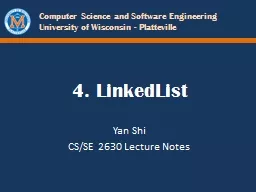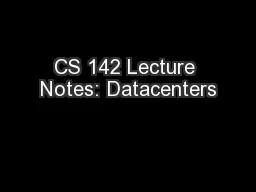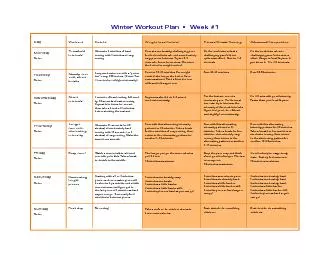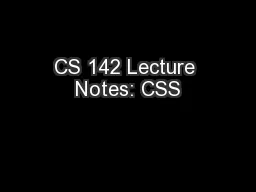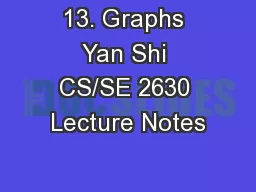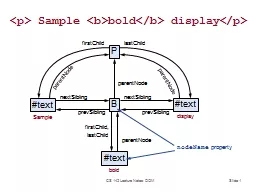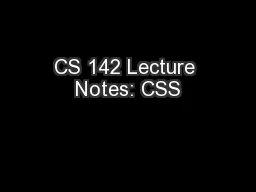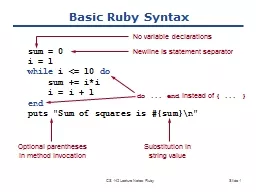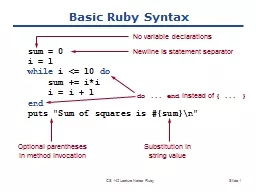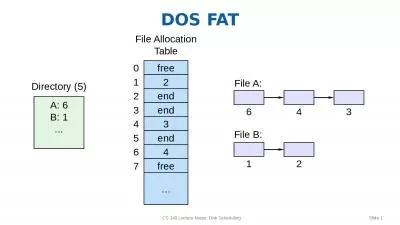PPT-4. LinkedList Yan Shi CS/SE 2630 Lecture Notes
Author : luanne-stotts | Published Date : 2018-03-19
Linked List Unsorted List Sorted List Double linked list Circular linked list Sorted and Unsorted Lists UNSORTED LIST Elements are placed into the list in no particular
Presentation Embed Code
Download Presentation
Download Presentation The PPT/PDF document "4. LinkedList Yan Shi CS/SE 2630 Lectur..." is the property of its rightful owner. Permission is granted to download and print the materials on this website for personal, non-commercial use only, and to display it on your personal computer provided you do not modify the materials and that you retain all copyright notices contained in the materials. By downloading content from our website, you accept the terms of this agreement.
4. LinkedList Yan Shi CS/SE 2630 Lecture Notes: Transcript
Download Rules Of Document
"4. LinkedList Yan Shi CS/SE 2630 Lecture Notes"The content belongs to its owner. You may download and print it for personal use, without modification, and keep all copyright notices. By downloading, you agree to these terms.
Related Documents

